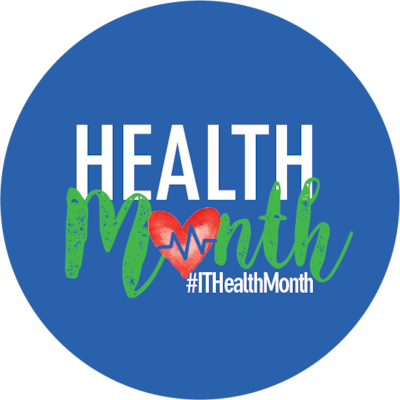
In this final week of 2021, let’s take some time to look back at our running year before we launch optimistically into the world of new year resolutions. But can you actually remember your running year in detail? To the dedicated among you who kept a training journal of your running progress, I congratulate you.
Now you reap the reward of your diligence as you can quickly scan your notes and pick out the highlights, setbacks and lessons learned. Without these notes to jog our memory it is much harder to reflect honestly on the 12 months just past.
Practise what I preach
As a coach who constantly promotes the benefits of keeping a detailed training diary, I’m embarrassed to say that I find myself looking at a haphazardly filled running journal for 2021. It is not that I stopped running this year, but more that I fell out of the habit of making the time to put pen to paper to record the journey. As I dig through the archives of photos, meet-ups and watch statistics to join the dots on my running year, I’m promising myself I wont let this happen again next year. I love that end-of-year feeling of packaging my running year on to one page and carrying through the best bits into the new year. But by not keeping track regularly, I have made this normally enjoyable process of nostalgia a lot more hard work than it needed to be.
A change of routine
Of course I have my excuses as to why I have not been following my own advice. Pre-Covid, my running years were predictable in terms of training sessions, races and running getaways. Ask me the highlights of any given month and I could tell you where I ran, who I ran with, how far I travelled and any notable speedy milestones. But since the backbone of my running and coaching calendar shifted to a more uncertain schedule over the past 20 months of the pandemic, I have somewhere lost that regular habit of summarising all my running exploits into a few bullet points of highlights and lessons learned.
Covid running memories
It’s not that there hasn’t been anything to track since the pandemic arrived. The goalposts did shift from races to solo training sessions, but there still have been wonderful runs, new routes and memories made along the way. My main frustration this week is without having the detail on paper when the memories were fresh in my mind, I haven’t captured the true feeling from each of those runs. I can certainly download my running history from my watch and analysis the stats, but that only tells half the story for me. My pre-Covid training diaries tracked how each run felt in my body in a way that a running watch cannot describe.
Why bother keeping track?
If you have never kept track of your running endeavours and are happy to leave the past in the past, then continue as you are. But if you do like to reminisce, if you want learn from past mistakes, motivate yourself by seeing how much you have achieved or notice patterns in your training, keeping a diary is a wise move. When we come to set running goals for our year ahead it is so helpful to have a way of measuring our success and the history of what has worked for us in the past. Keeping notes are an excellent means of backup for our memory cannot be trusted to keep a true account of a year of training.
What information to track
The information to track is that which you would like to look back at in the future and this is different for everyone. You might be interested in logging your mileage, speed, injuries or simply a count of the number of times you put your running shoes on. You may choose to keep a listing of all your races, parkruns or running routes. But more important to you might simply be who you shared the miles with and what you chatted about. We all measure our runs in different ways. To decide what you should track, ask yourself what information you wish you have kept a note of this year. Make that the information you commit to putting in writing in 2022.
Paper or online?
Some people like to track everything on their phone, linking their running apps and running watches. Most of these apps also allow you to also write personal notes against each run you complete. Others prefer a more traditional approach of putting pen to paper and detailing their run in a notebook or those with a virtual flair might enjoy bullet journalling. If this all sounds like a lot of work, remember that keeping a record doesn’t just have to be just words. You can make a photo journal, take a scrapbook approach or create a running memory box of race numbers, route maps, medals and receipts which trigger memories from runs past. A training diary is only good if you update it regularly so choose a medium you will actually enjoy completing each week.
Main lesson learned
The reason I’m writing about this now is that I don’t want you, or me, to be in the same position as I am now this time next year. I also want to encourage you to start this new year of 2022 with a view of what is important to you to measure in your running year ahead. We very quickly forget the runner we were last month, not to mention this time last year, so it is lovely to have memories recorded to motivate and remind us what we have accomplished in any given year. We cannot predict the future, but we can at least keep track of how we navigate our way through it.

Sign up for one of The Irish Times' Get Running programmes (it is free!).
First, pick the eight-week programme that suits you.
- Beginner Course: A course to take you from inactivity to running for 30 minutes.
- Stay On Track: For those who can squeeze in a run a few times a week.
- 10km Course: Designed for those who want to move up to the 10km mark.
Best of luck!
– Mary Jennings is founder and running coach with ForgetTheGym.ie. Her new year programmes for runners kick off on January 10th in Dublin and online.









